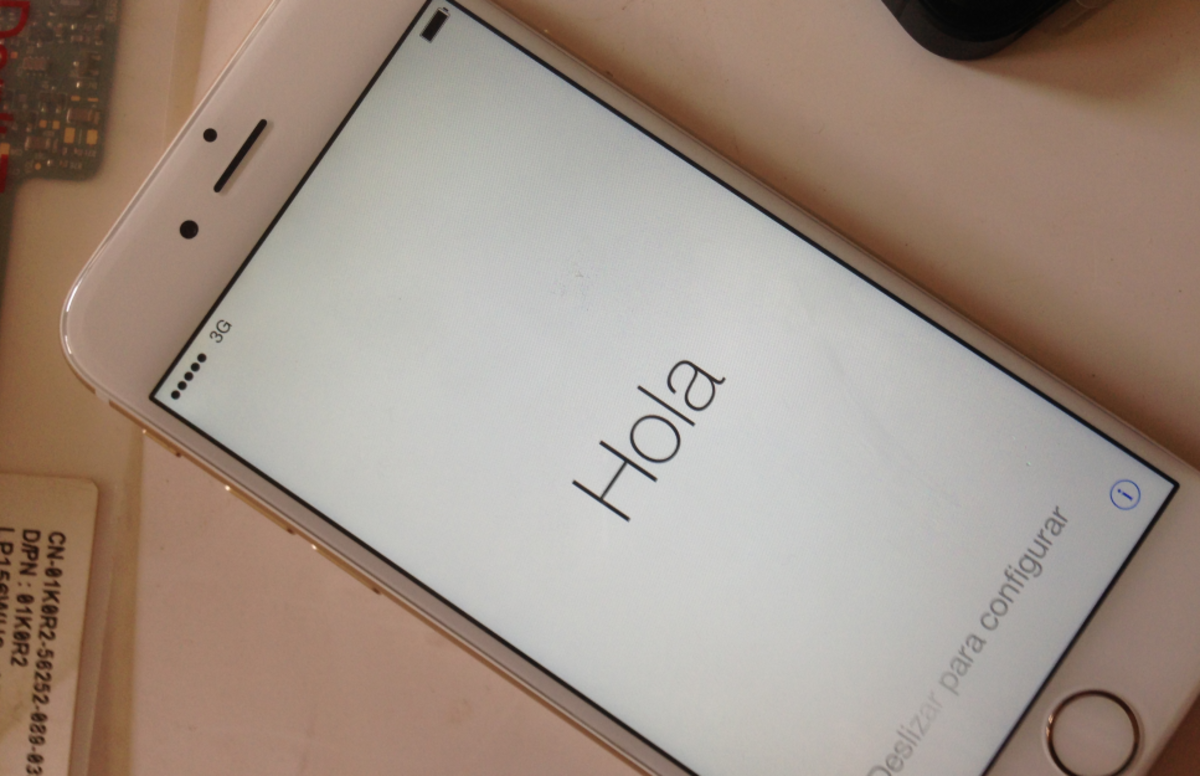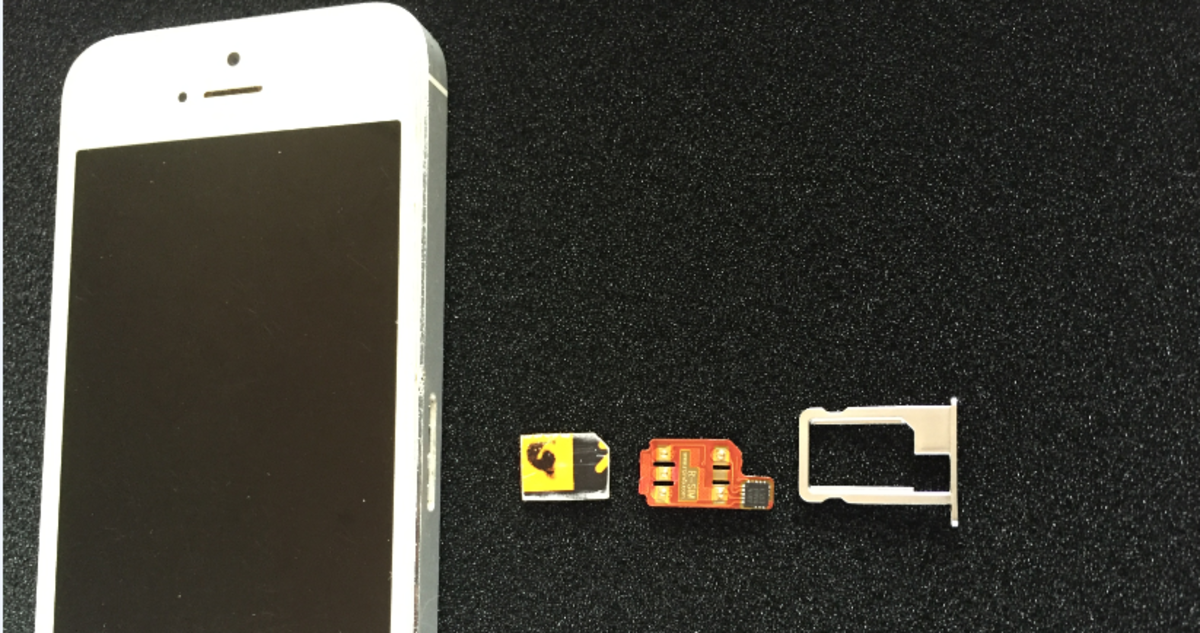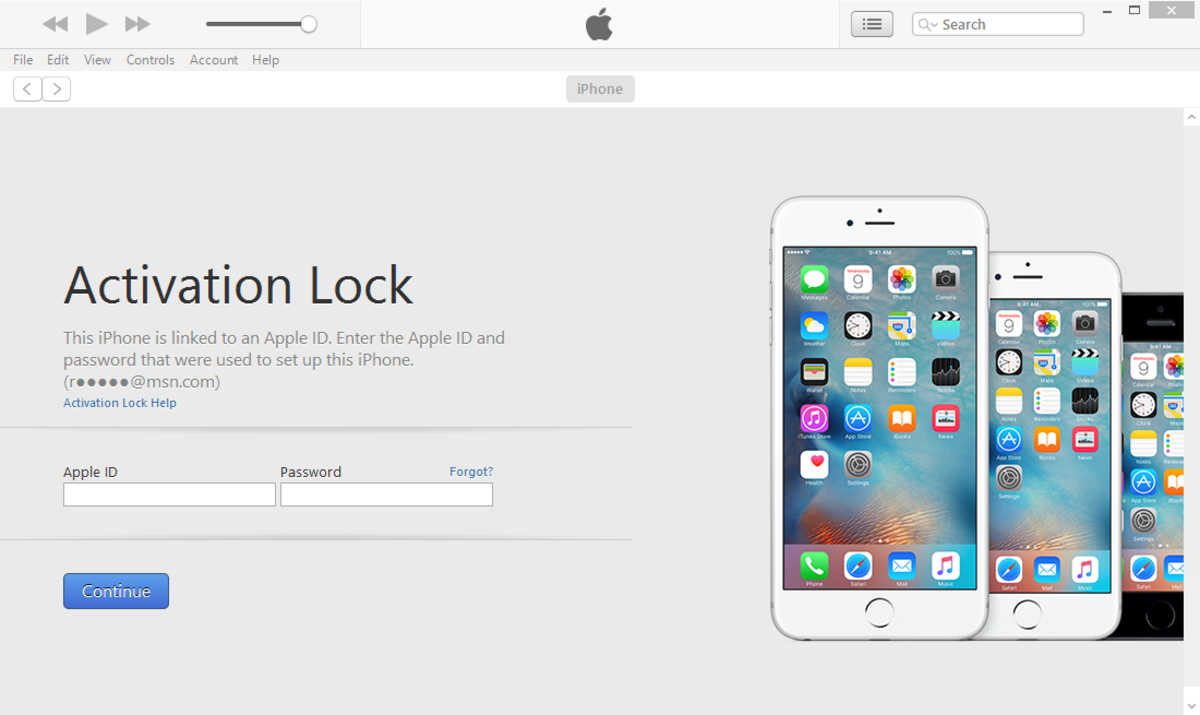- HubPages»
- Technology»
- Communications»
- Smartphones»
- iPhone
5 Ways to Backup iPhone Voice Memos to Your PC
If you’ve ever used another brand of Smartphone in your life, you’ll realise just how annoying it is to back up voice memos on your iPhone. It’s not like backing up your photos and videos which is quite convenient by comparison. There are chiefly about five 5 ways of doing this, most of which I've tried, each of which I’ll cover here.

Method 1: Use iTunes
This means going to Apple’s website where you’ll get a download link. The download weight is over 100 MB (130 MB to be exact), so if you’re on a capped data plan, you’ll have to prepare for this somewhat. Download that to your PC, and install. Then you have to sync the voice memo playlist on your phone with the program on your PC. And from here on out they can only be run from iTunes, so they are essentially DRM-protected, and not differentiated from regular music that might be on your iPhone in any way. Boo, Apple.
This method can be complicated if the content on the phone has already been synced on another PC. In this instance you will receive a warning that all content on the phone will be erased, and so you will only have it on the PC, and if it is lost if will be gone forever. So make sure you only ever sync your iPhone with one PC.

Method 2: Email them to yourself
Set up a Gmail account (or an account with a similar webmail service) and then log in to that email account from your iPhone. Then you can email the memos to another of your email accounts, and from there you can download them to your PC. This can be time consuming and it can consume a lot of data too – possibly even more than in method 1. I personally don’t like one “feature” with the iPhone, and that is that it steals your data even if you switch off all the apps and options that are supposed to use data. So just when you want to use your data for something useful and important like this, what a surprise, you don’t have any data left and you have to go and buy more. This can also work out to be expensive in terms of data, especially if you are on that terrible capped data plan.
Oh, and setting up a functioning Gmail account on your iPhone can be hell as well. You have to make sure you have the correct settings, and also that you have IMAP enabled in your Gmail account, and you might have to pass some extra security checks as well.
- FourTrack on the App Store on iTunes
Read reviews, get customer ratings, see screenshots and learn more about FourTrack on the App Store. Download FourTrack and enjoy it on your iPhone, iPad and iPod touch.
Method 3: Move the voice memos with an app
This is quite clever if you don’t want to use iTunes to sync the voice memos over to your PC. With an app like FourTrack, you can transfer voice memos wirelessly over to your PC, so you don’t need to link up your iPhone with a cable at all. You can sync them with Dropbox as of the latest version too. You can even use the app to create new voice memos, and you’ll have access to more complex options here than you do with the basic functionality of the iPhone’s standard voice recorder. The app will cost you, but the price is probably worth the convenience it provides.

Method 4: Re-record your voice memos
This method might not sound practical if you have many voice memos and all are of a lengthy duration. But if they are short voice memos, much like mine, then it might be the way for you. It doesn’t take up any data (in fact it doesn’t require any internet access at all), so it’s cost effective. You just have to make some space available on your harddrive and away you go – just use the original clips as a reference. The quality of the recordings will likely end up better with at least a decent microphone and audio editing software – which the iPhone lacks (which is why I wouldn’t recommend recording with it in the first place).
Method 5: Record your recordings
This differs from the above method in the way that instead of re-recording voice memos from scratch, you can play them through your iPhone in speaker mode, and capture the sounds through a microphone. This may or may not be the best method in terms of quality, but if you want to save time having to re-record the hard way, as spoken about above, and you want to save data as well – as in not wanting to use method 1, 2, or 3 – then it could prove to be a quicker and less painful way to go about it. You can also try to re-master or re-record them later. The main thing is you’ve got them – that’s better than losing them for good, say if your iPhone were to be stolen, for instance.
Note to self: don’t use the iPhone for recording voice memos ever again! Or at the very least rather record voice using video (no iPhone before the iPhone 4 has this feature, unfortunately).
What's your preferred method of moving voice memos?
© 2014 Anti-Valentine






